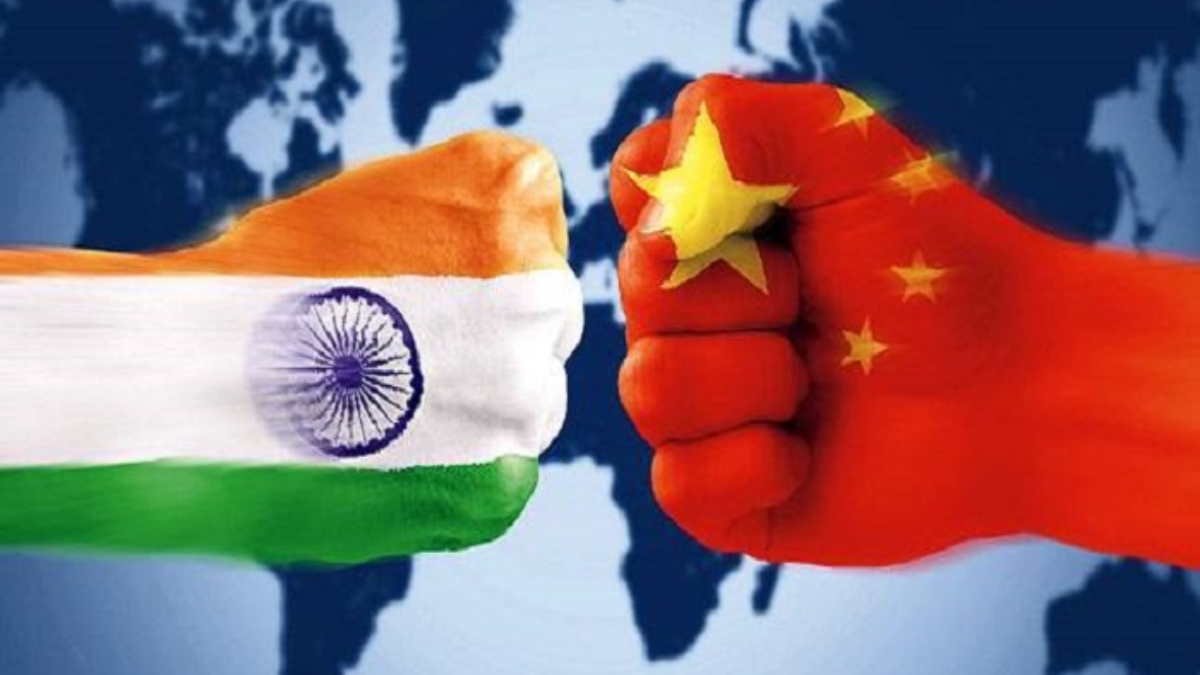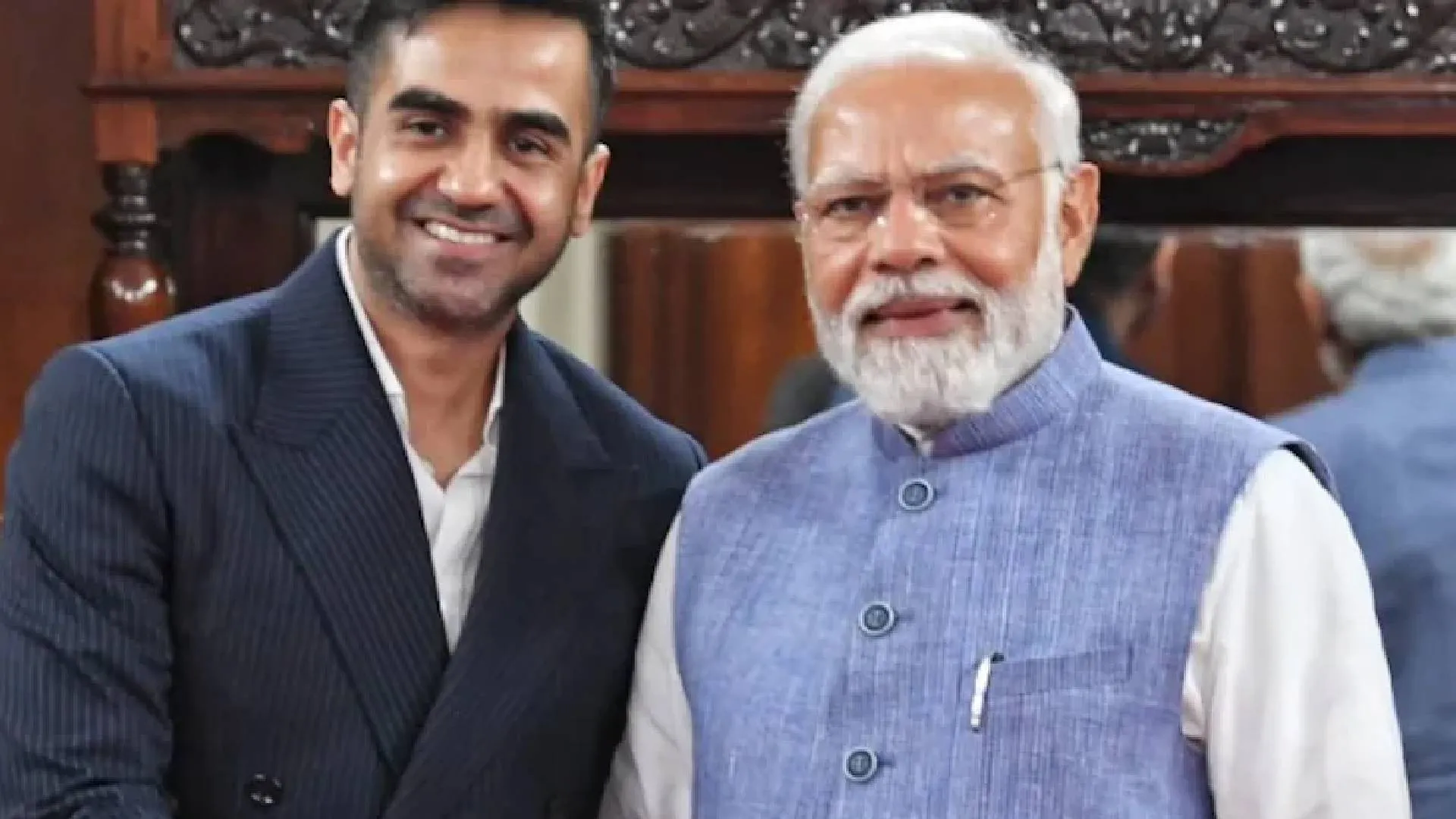If there were any expectations of a thaw in India-China relations, those were nipped this week with a spiteful vehemence that perhaps only the Chinese Communist Party (CCP) is capable of. Some in India were hoping for a breakthrough in India-China relations, post the informal chat between Prime Minister Narendra Modi and Chinese President Xi Jinping on the sidelines of the BRICS summit in Johannesburg last week. But it was not to be. Instead, Beijing released its “2023 standard map”, assertively showing the whole of Aksai Chin and Arunachal Pradesh as Chinese territory. As External Affairs Minister S. Jaishankar said, making such “absurd” maps showing others’ territories as its own, is an old CCP practice that started in the 1950s. This is indeed the case. However, the timing of this cartographic aggression cannot be happenstance. It came around 10 days ahead of the G20 Leaders’ Summit in New Delhi, where world leaders belonging to the G20 countries are scheduled to meet, including US President Jo Biden and Xi Jinping. It is expected to be the biggest summit of economically consequential countries that India has hosted in its history. It will also be Xi Jinping’s third visit to India—the first one was in September 2014, while the second one was in October 2019 in Chennai/Mahabalipuram. History shows that in 2014, the Chinese PLA intruded into Indian territory around the same time as Xi Jinping’s India visit. The 16-day standoff between the PLA and the Indian Army at Chumar in Ladakh started around 10 September 2014, while Xi’s visit was on 17-18 September. There was much speculation at the time that if rival factions in the CCP were trying to throw a spanner in the works as they did not want cordial relations with India. However, experts believe that such major incursions could not have taken place without Xi’s knowledge. Hence, the Chinese are clear that their claim on Indian territory is non-negotiable, however much the attempts to make peace by the Indian side; that there is no place for diplomacy or goodwill when it comes to China’s territorial claims. Much of these claims, by the way, stem from strategic reasons and are based on spurious history.
China’s boundary problem is not restricted to India. It has had boundary disputes with over a dozen countries. Most of these problems have been resolved, but the more contentious ones remain, including with India. In fact we should not forget that India and China signed a well-defined agreement in 2005 on how to settle the border dispute. Called the “Agreement on the Political Parameters and Guiding Principles for the Settlement of the India-China Boundary Question, 2005”, it has well-defined articles that speak of things such as “neither side shall use or threaten to use force against the other by any means”; “in reaching a boundary settlement, the two sides shall safeguard due interests of their settled populations in the border areas”. Prior to this, India and China had several agreements on military confidence building measures along the LAC. But with constant incursions and aggression leading up to the deadly Galwan valley clash in 2020, China has violated all the border agreements that it has with India. At present, the LAC is in a state of slow-burn, with peace nowhere in sight. Worse, it’s getting increasingly apparent that the Chinese do not have any intention to resolve the dispute with India, as it is their means towards the end of keeping India on tenterhooks perpetually. It’s a means to make India bleed its resources along the LAC, by trying to match the PLA’s military build-up. By releasing the map just ahead of G20, the CCP is sending a clear message to India, that Xi’s visit to India will not open the door towards the “normalization” of the LAC, that Beijing will constantly try to change the LAC in its favour, unilaterally, that its belligerence towards India will continue unabated.
In fact, the map is also a clear message to the United States, which recently reiterated its support for India’s claim on Arunachal Pradesh, after China announced “standardised geographical names” for 11 places in the Indian state. Also, by showing Taiwan and South China Sea territories claimed by countries of that region as their own, China is sending out the message to all those countries, including Indonesia, that Beijing’s writ runs in the Indo-Pacific and not that of the US. This has to be seen in the context of US Vice President Kamala Harris’s 4-7 September visit to Jakarta, Indonesia, to attend the US-ASEAN Summit and the East Asia Summit, where leaders from the Indo-Pacific too will be present, including Prime Minister Narendra Modi. It goes without saying that the subtext of these meetings will be ensuring peace in the Indo-Pacific in the face of Chinese aggression.
As larger geopolitical manoeuvrings involving the Indo-Pacific come into play, the “2023 standard map” is PRC’s warning signal to the whole region.
















